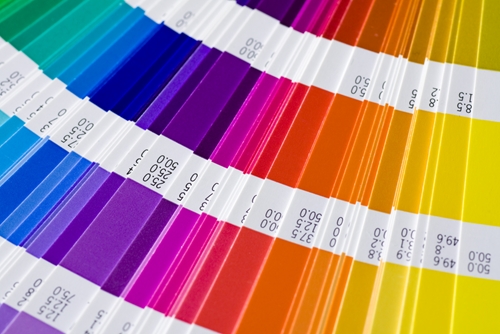When choosing colors for your next room redesign, here's a fun experiment to try. Find a cardboard box and paint it in the color you're interested in using, then find a place in the room where the sun hits in both the morning and the evening. Place the box there and take photos of it at various points of the day. Next, take a photo of it under your room lighting at night.
When you look at those photos you'll notice how vastly different that same color appears not just from natural light to artificial, but also between varying types of daylight. this effect is due to two separate phenomena known as color temperature and color rendering.
Color temperature is the the color of the light. It's measured on the Kelvin (K) scale and what it tells us is what hue of light will be given off depending on how hot the source is. Bulbs that give off the yellowish-white light we're all accustomed to are in the 2,500K – 3,000K range. As the temperature increases the light becomes less yellow and more white, then around the 5,000k mark the light starts to have a bluish tinge. Daylight varies but tends to stay in the 5000K – 7000K range
How the color of the light affects the shades we see is called color rendering. Like you observed with the box, different types of light cause your eyes to see the same color differently. This is why when you look at a color drape you like in the store, you might get home to find it looks completely different.
Next time you're in your local Milwaukee curtains and drapes store be aware of the type of lighting you have at home and how the colors you choose will look. The home decor specialists at the Bazaar Home Decorating Center can advise you on the best way to get the exact color and mood you want. Call or come in and visit today!

